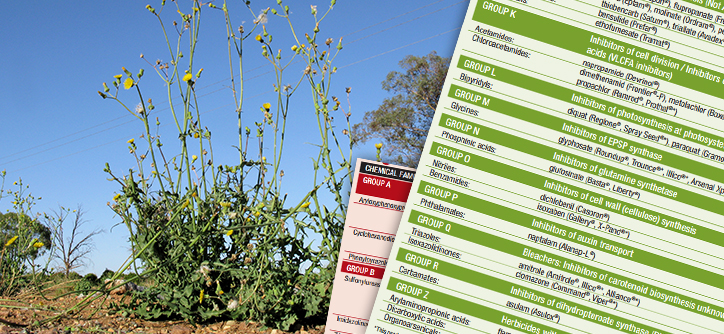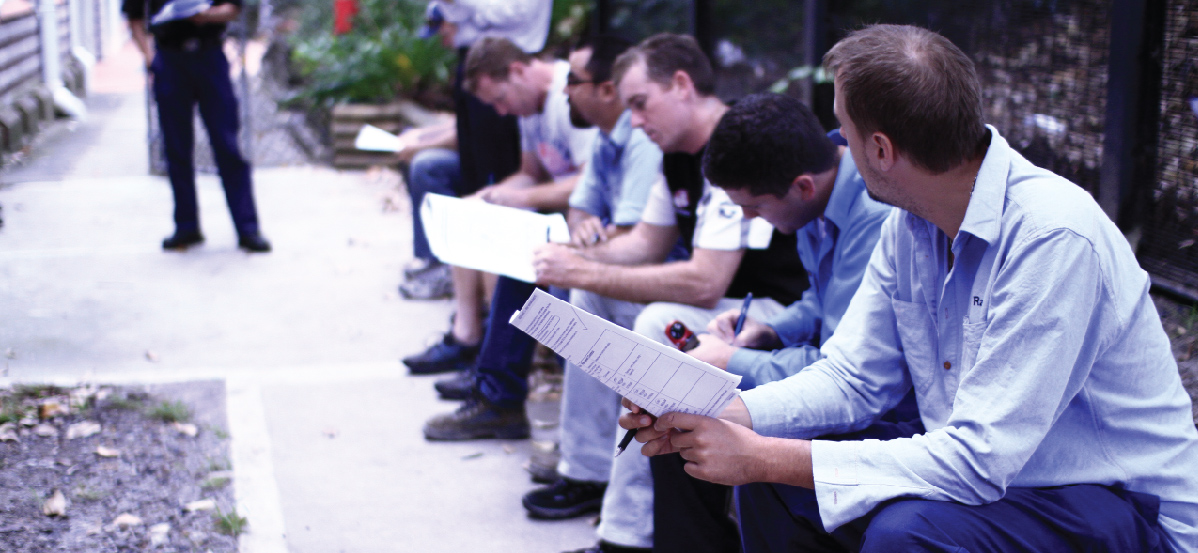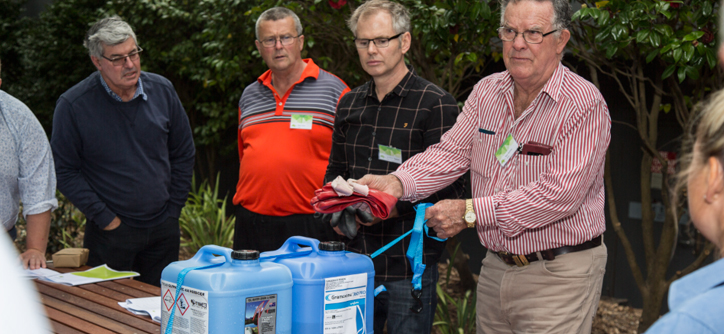If you look at the chemical control of weeds specifically, there have been no new herbicide mode of action groupings for around 20 years.
With the cost of bringing a new mode of action to market thought to be around 250 million AUD and taking 10 to 15 years, longevity of chemistry is paramount .
However, a look at the ever increasing list of herbicide resistant weeds identified around Australia paints a troublesome picture (see the Croplife Australia website for a current listing of herbicide resistant weeds by Mode of Action groupings, where 19 grass species and 24 broadleaf species are listed as resistant to one or more MOA at one or many sites around the country).
What does this all potentially mean for weed controllers?
- A changing weed scape whereby herbicide resistant/tolerant weeds increase in prevalence, as we see with stinging nettle, wild radish, flaxleaf fleabane marshmallow, erodium etc.
- Greater cost as new chemistries are developed and used, the higher cost reflecting the need to recover the 250 million in R&D plus some profit
- Public funding for weed control covers a lesser area due to the increased costs (and diminished funding in some areas)
- Yield and quality loss of produce
- Lesser land value for arable land with weed resistance to multiple modes of action
- Weed control becoming an ever-increasing biosecurity concern for all land managers
- Higher risk of musculoskeletal injury from hand rogueing/chipping resistant weeds.
So what is the solution?
Is there a breakthrough or dynamic solution in the wings which will be as revolutionary as glyphosate was at first release?
The skeptics would say a broad spectrum non selective herbicide is both the solution and the problem, creating bare ground for opportunistic weeds to colonise. Who knows, but in the interim the best way forward is a systemic, diversified and integrated approach employing as many techniques as possible from the Integrated Weed Management (IWM) toolkit:
Using physical controls such as mowing or slashing is another tool but without proper timing (vegetative not reproductive) and appropriate hygiene (cultural controls such as machinery washdown) weed seed can be spread over great distances as can be seen with roadside vegetation control.
Make weed control a key biosecurity focus both at your workplace and collectively with your neighbours and we are on our way to a more productive and aesthetically pleasing landscape.




